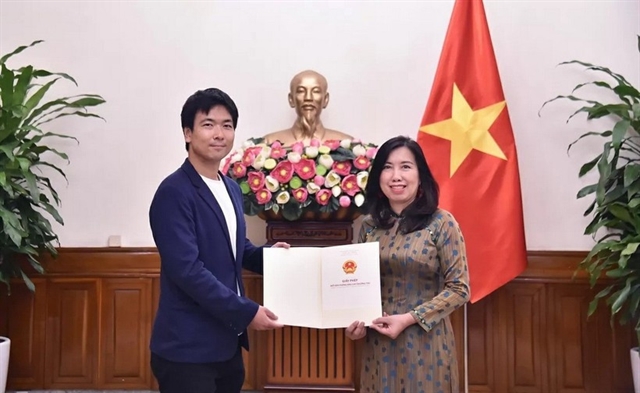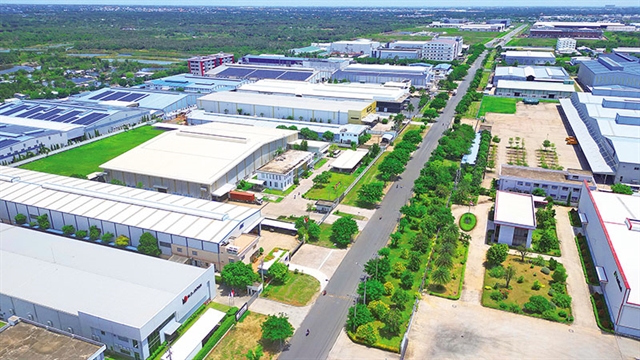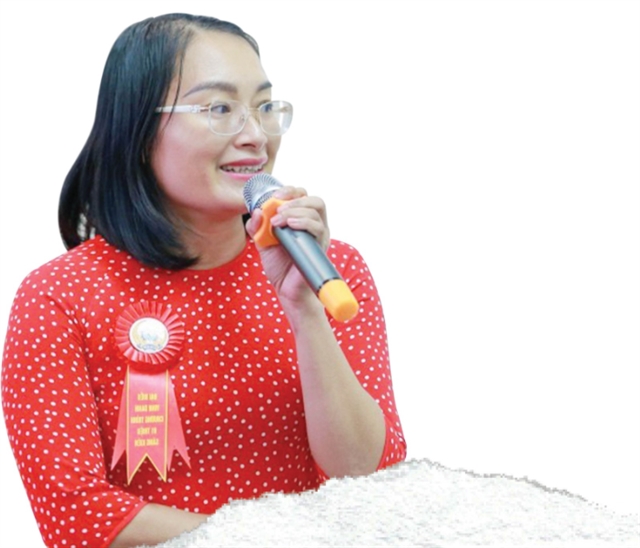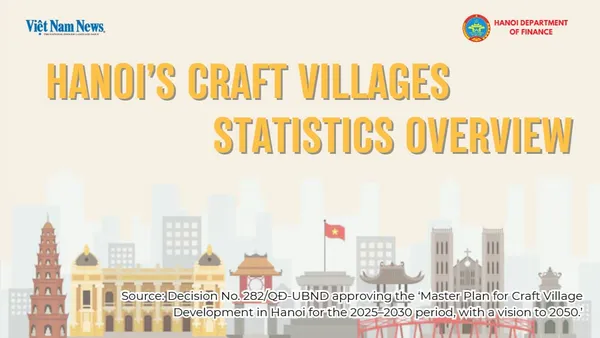 Society
Society


|
| Doctor Nguyễn Thu Hiền, deputy director of the Population and Family Planning Department in Hòa Bình Province. — Photo suckhoedoisong.vn |
HÒA BÌNH — Moved by the plight of families grappling with congenital blood disorders, Nguyễn Thu Hiền, deputy director of the Population and Family Planning Department in the northern province of Hòa Bình, devised an innovative testing model for preventing thalassemia at local health stations.
Hòa Bình, a mountainous province with a vast and intricate terrain, faces transportation challenges between regions. The population, predominantly engaged in agriculture and forestry, struggles with low average income, resulting in numerous impoverished households.
Without early screening for thalassemia, the repercussions on health, both physical and mental, for patients and the economic burden on their families and society are substantial.
As a doctor, Hiền thinks about the tough times her patients go through and the challenges families face when dealing with someone with this disease. This makes her want to focus on preventing it early.
This rare and horrendous condition can be identified early through screening tests, detecting the disease gene in pre-marital and prenatal stages, she said.
Hiền's idea was recognised by the Prime Minister and the Vietnam General Confederation of Labour in the "one million initiatives to overcome difficulties, innovate and triumph over the COVID-19 pandemic" event.
"It's disheartening as most families grappling with this disease belong to impoverished ethnic groups," said Hiền.
The primary treatment for thalassemia involves blood transfusions and iron chelation therapy. Despite the 100 per cent coverage by health insurance for children, costs for meals, travel, and medication are exorbitant for families relying solely on rice fields and pig farming.
Prescription drugs cost millions, not to mention supplements and liver enzyme medications, which are drugs not covered by health insurance.
Thalassemia is a lifelong genetic disorder with no cure, but many are unaware of carrying the gene. Numerous individuals, marrying and having children without suspicion, are fortunate if their partner does not carry the gene.
However, not everyone is as fortunate, and tens of thousands of individuals with the thalassemia gene have married others with the same gene. These unions result in children born with thalassemia, an inherited disorder with no cure.
"People with thalassemia need lifelong blood transfusions. Late or improper treatment can lead to severe complications such as a flat nose, protruding teeth, stunted growth and discoloured skin. Many children have succumbed early due to this disease," Hiền explains.
The root cause is the lack of awareness among the population about thalassemia, leading to a failure in preventive measures and prenatal screening. This is a disservice to the future of unfortunate children carrying the disease gene. Hiền and colleagues at the Population and Family Planning Department pondered the necessity of early screening, especially in high-risk areas.
In setting up the thalassemia prevention testing model at local health stations, a key feature is the connection of healthcare systems from district to commune. This involves training and improving the knowledge of thalassemia for healthcare professionals. Local health stations play a direct role in collecting samples for testing, delivering advanced services from the provincial level directly to the community, particularly in ethnic minority and mountainous regions.
This model impacts the knowledge, attitudes and behaviours of the people. Ethnic minority populations in the province, as beneficiaries, not only receive 70 per cent support for thalassemia gene screening tests, but also gain awareness and guidance on thalassemia prevention, and continuous monitoring and counselling if carries the gene.
"This is the first model implemented in Hòa Bình and the entire country. During the rollout, we faced challenges as people were not well-versed in thalassemia and its consequences, and no one came forward to register. We, along with our team, sat waiting, feeling desperate," said Hiền.
"We had to ask local leaders, encourage families to get tested, share results, and give guidance. We convinced neighbors, relatives, and families to support the doctors. After getting results, if someone had the gene, we spent sessions reassuring them. We told them to keep going with their work and studies, not to stress. If they knew about the gene, we advised caution in relationships and marriage. When registering, both partners had to undergo testing," Hiền explains.

|
| A clinic in Hòa Bình taking blood samples of children. — Photo suckhoedoissong.vn |
Additionally, geographical distances posed a challenge to transporting test samples. After collecting in the locality, the working group often had to rush to preserve and transport the blood samples promptly to the provincial hospital for timely testing.
According to Hiền, thalassemia is a challenging disease to cure but not to prevent. Việt Nam has the scientific capability to diagnose the disease. However, the missing link is public awareness. Hiền hopes that frontline healthcare personnel, those closest to the people, become advocates, disseminating information to the public.
From these struggles, Hiền and the leadership of the Population and Family Planning Department researched, proposed and constructed policies emphasising thalassemia prevention activities at the grassroots level.
Phùng Thị Tiếp, a census agent in Dân Chủ Ward, Hòa Bình City, remarks: "Before the thalassemia prevention testing model, people did not pay attention to pre-marital health check-ups due to economic constraints. Now, the model is widely implemented, and most importantly, people understand the dangers of the disease, actively taking measures to prevent it."
In the midst of the practical challenges, grappling with the difficulties of grassroots healthcare, regarding the people not just as research subjects but as fellow beings sharing their lives and tribulations, Hiền and her team emphatise with thalassemia patients, inspiring them to live "happily" with the disease.
"We believed that we have passed on an inspiration to people, giving them a stronger belief in life even if they are sick. This in turn also make us want to educate more people about the disease, encouraging them to screen for it more effectively," said Hiền. — VNS




